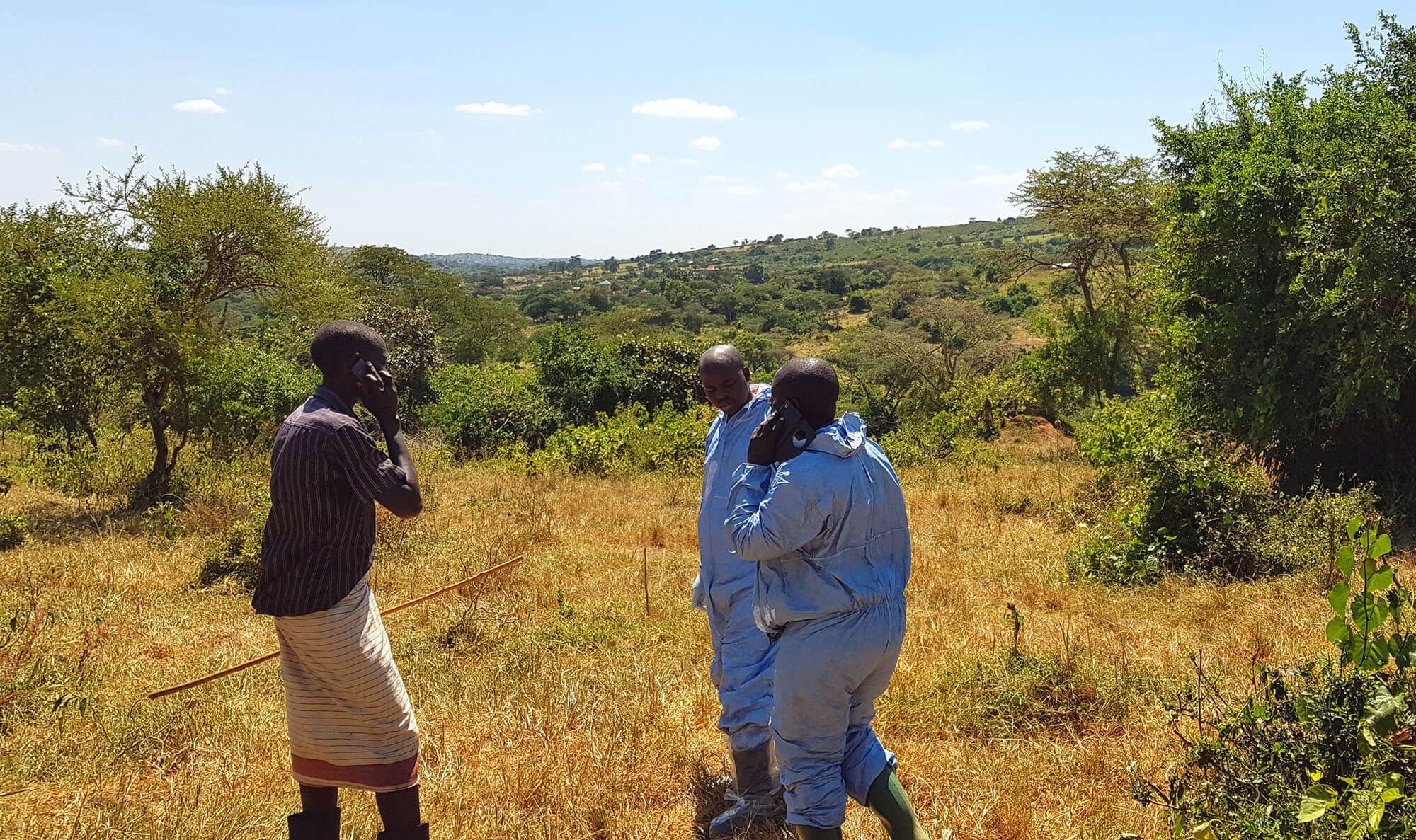
Our Projects are
Transforming African Trade
Quick Contacts
2nd Floor, Fidelity Insurance Centre Waiyaki Way, Westlands

February 10, 2021
This blog post was originally published on the Agrilinks website.
In development, inclusion and economic growth can sometimes be at odds: A program that prioritizes inclusion may struggle to stimulate the market, while a program focusing purely on economic growth could overlook marginalized populations.
A Pay-for-Results prize competition is well-positioned to address both obstacles simultaneously. Prize competitions, such as those designed and implemented by AgResults, are innovative development finance projects that encourage the private sector to ‘solve’ a market failure and work toward a defined goal to receive a monetary award. AgResults’ prize competition model encourages businesses to overcome agricultural market failures by scaling up agricultural technologies for smallholder farmers.
What could enable a prize competition to improve economic growth and inclusion? It has to do with how the competition engages the private sector and the kind of market system it encourages. By demonstrating the economic potential of expanding into untapped offerings and/or investing in underserved markets, AgResults’ prize competitions appeal to businesses — using prizes to ‘nudge’ these actors to take risks. By prioritizing delivery to populations who historically have been excluded from transactions, AgResults’ prize competitions emphasize participation all along the value chain.
The Role of ICT in AgResults Prize Competitions
AgResults prize competitions often use ICT to verify that competing actors are eligible for monetary prizes based on their sales and/or outputs. Beyond helping to accurately distribute prizes, a well-designed and tailored ICT solution can help actors in a value chain capture and share data. If the data is easily accessible, it makes transactions easier and builds trust.
This added trust benefit is crucial for AgResults because it encourages new and inclusive relationships between the private sector and smallholder farmers. In this context, ICT systematically incorporates new practices and behaviors into an agricultural value chain and/or market system, while also increasing transparency and accountability.
Let’s unpack this by looking at what AgResults is doing in Tanzania.
Prizes and ICT: Making a Difference in Tanzania
The AgResults Tanzania Dairy Productivity Challenge Project is a Pay-for-Results prize competition that encourages private sector input suppliers and dairy processors to deliver input bundles to smallholder farmers to increase the quality and quantity of milk production in Tanzania. Each competing input supplier receives prizes for delivering different productivity-increasing input bundles to a minimum of 200 smallholder dairy farmers, along with required extension services.
The project’s Data Collection and Tracking Systems (DCTS) helps competing actors track dairy input sales and delivery while also improving farmers’ access to market information. Competitors must use the digital DCTS to be eligible for prizes. As such, the DCTS is enabling private sector input providers to collect farmer information and track sales of productivity-enhancing inputs in a few ways:
The system helps input providers build farmer profiles, tracking information such as name, gender, contact info, number of cows, and location.
Competitors must register all transactions and advisory services with farmers, and the system tracks and attributes each transaction to a registered smallholder farmer, recording each input sale by type and quantity.
The system sends an SMS notification after each transaction or advisory service and logs farmer responses confirming receipt.
The system tracks competitor sales data and runs reports in real time, which enables the competition’s sales verifier to monitor the sales of inputs and advisory services and identify any sales abnormalities.
By requiring participating input providers to incorporate the DCTS into their business models during the competition, AgResults hopes to increase the transferability of the ICT platform after the project ends.
2-for-1: ICT as a Vehicle to Address Inclusion and Economic Growth
Beyond gathering critical data that helps AgResults determine which competitors qualify for prizes, the DCTS is strengthening linkages and improving access to information – both of which have economic and inclusive benefits. In terms of strengthening linkages, competitors can use data from the DCTS to send automated SMS about new inputs and extension services to more farmers, even in remote areas, and increase sales. Farmers receive information via their phones to improve animal husbandry, feed and waste management, udder health and hygiene, vaccination scheduling, and proper use and storage of inputs.
In terms of improving access to information, competitors can use the DCTS to track their inventory and sales and improve their business models accordingly. Through SMS data sharing, farmers have better access to milk prices and other market data, providing an entry point to formalized markets, especially among those who were previously marginalized.
With more mutually beneficial interactions and equipped with better information, both farmers and suppliers in the dairy value chain are better positioned for success. By 2023, the project hopes to reach 22% of dairy farmers in the target regions, who could produce 23 million additional liters of quality milk and increase revenue by $9.4 million.
Additionally, by using the DCTS ICT tool, AgResults aims to generate new types of data, including purchasing trends among smallholder farmers and timing for input purchases. Such data will help actors in the dairy sector collaborate more efficiently and effectively – even after the project ends.
If we can learn anything from AgResults’ work in Tanzania, it’s clear that applying ICT tools to Pay-for-Results prize competitions positions us well to help tackle the key concepts of inclusion and economic growth.
Read original article
Disclaimer: The views and opinions expressed in this article are those of the authors and do not necessarily reflect the official policy or position of TradeMark Africa.